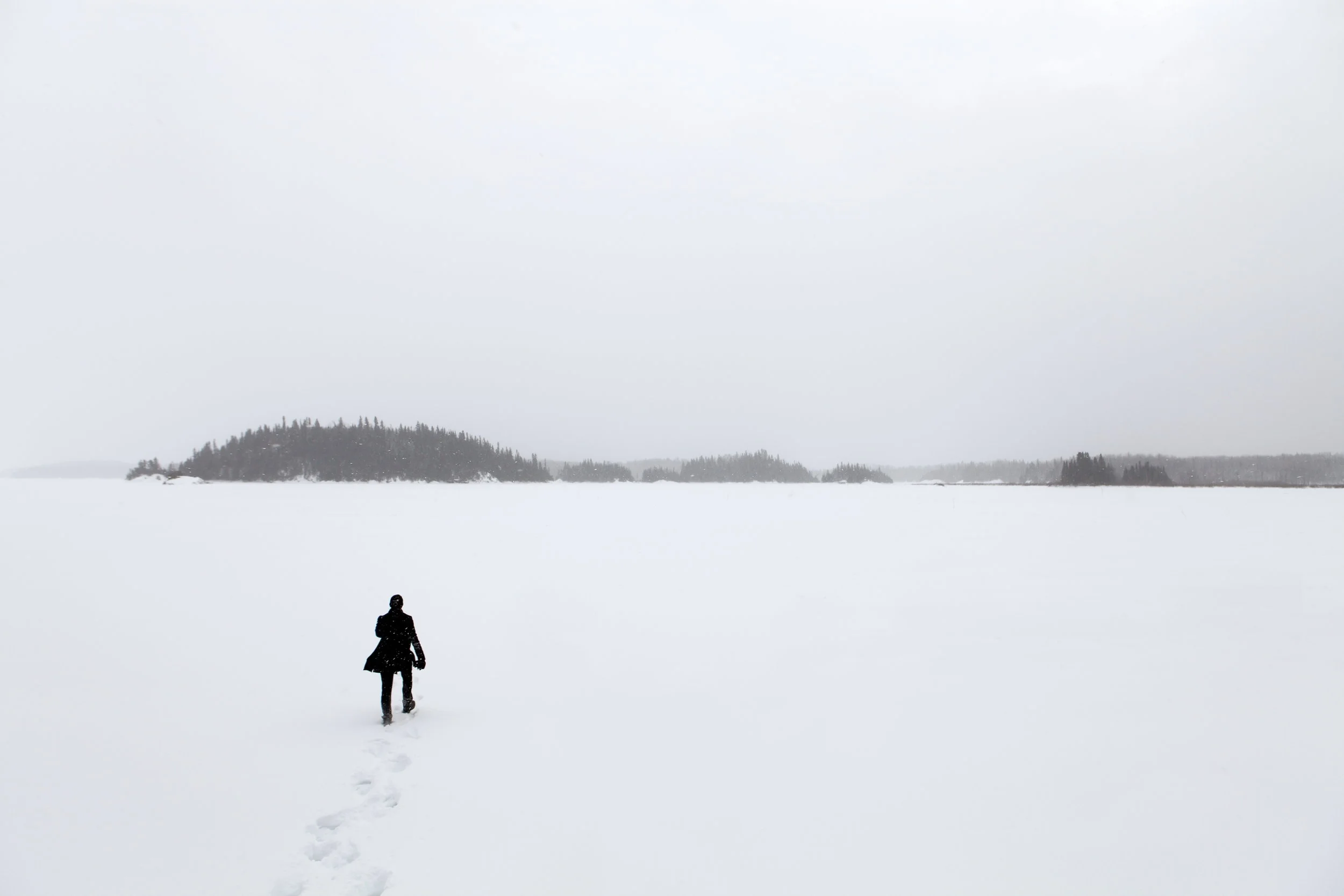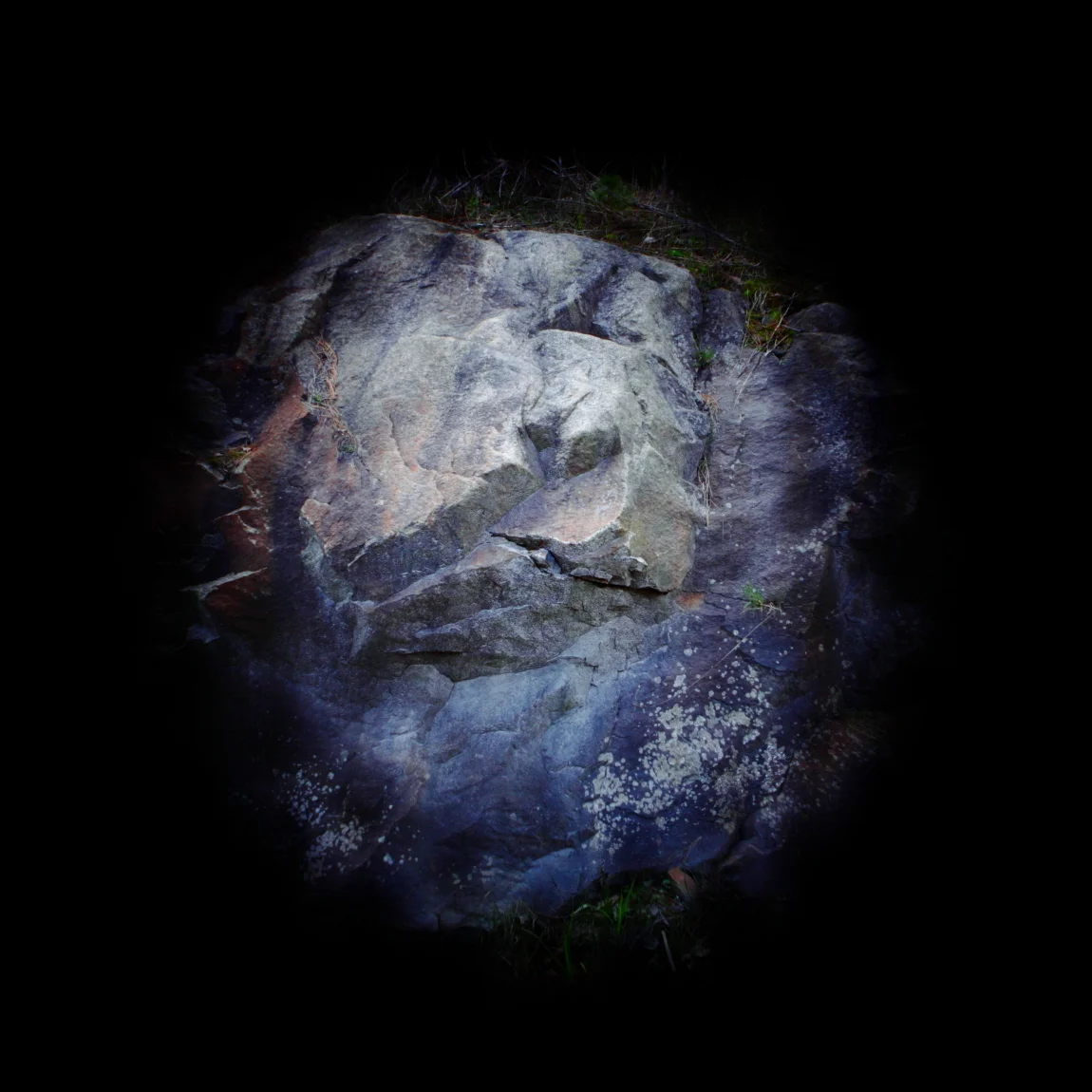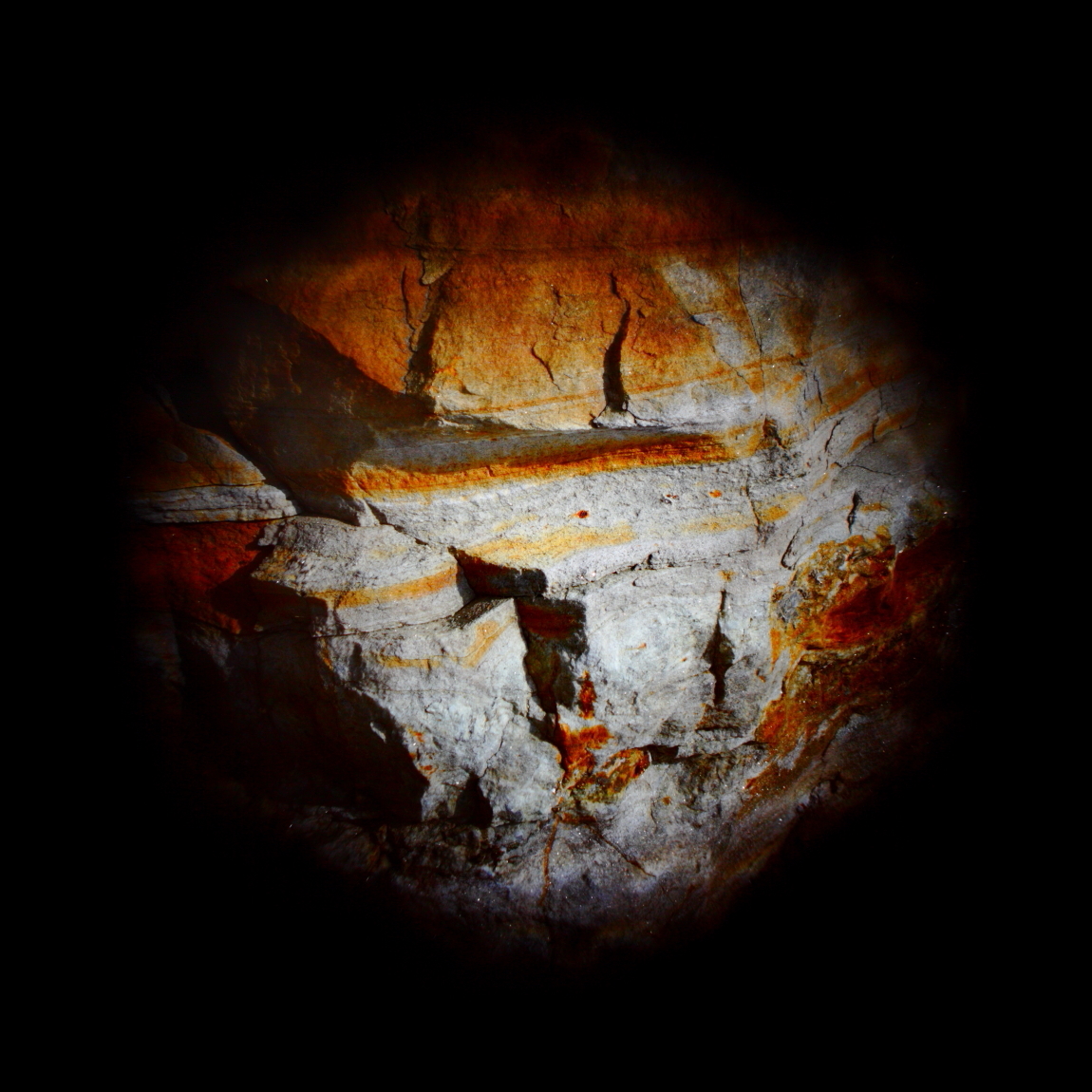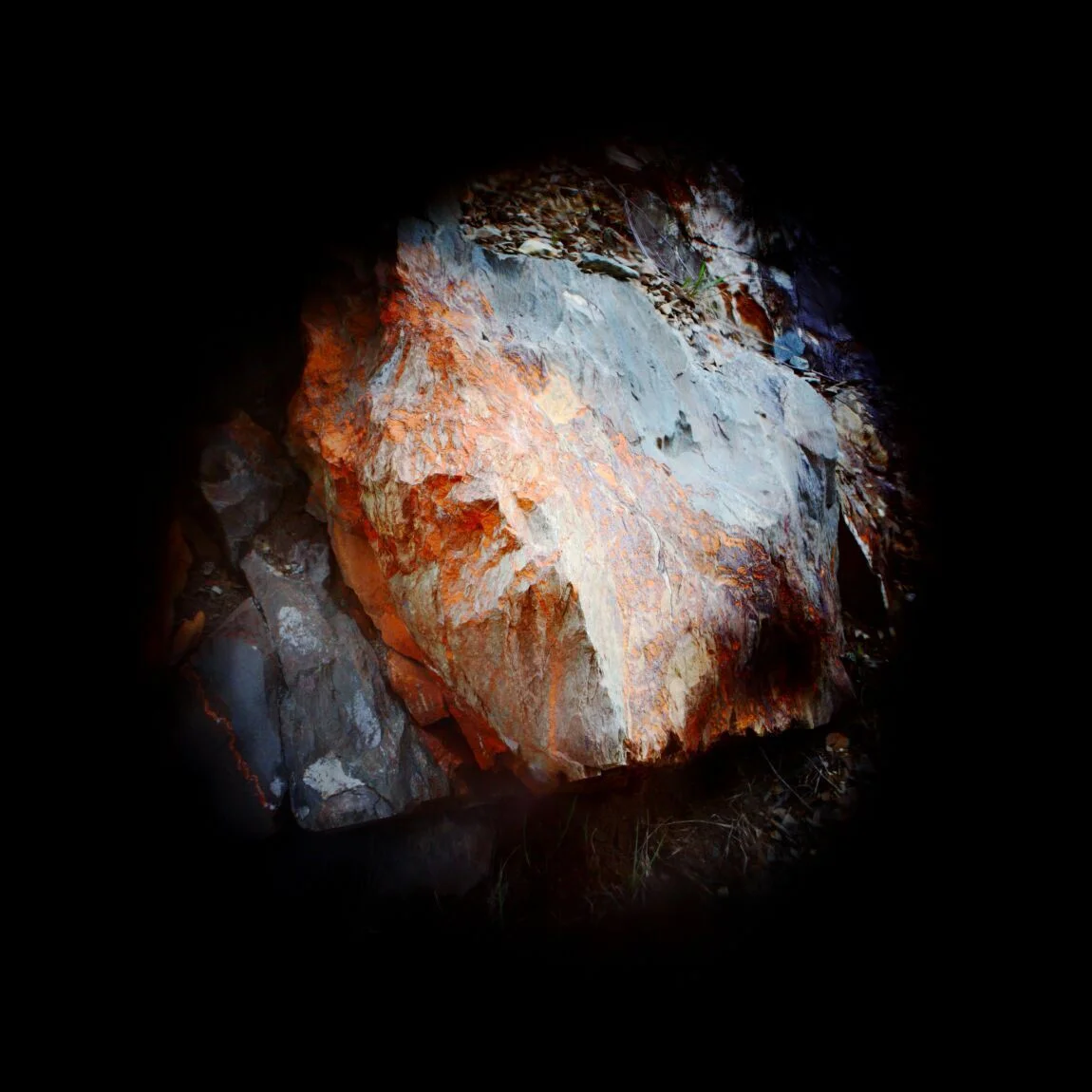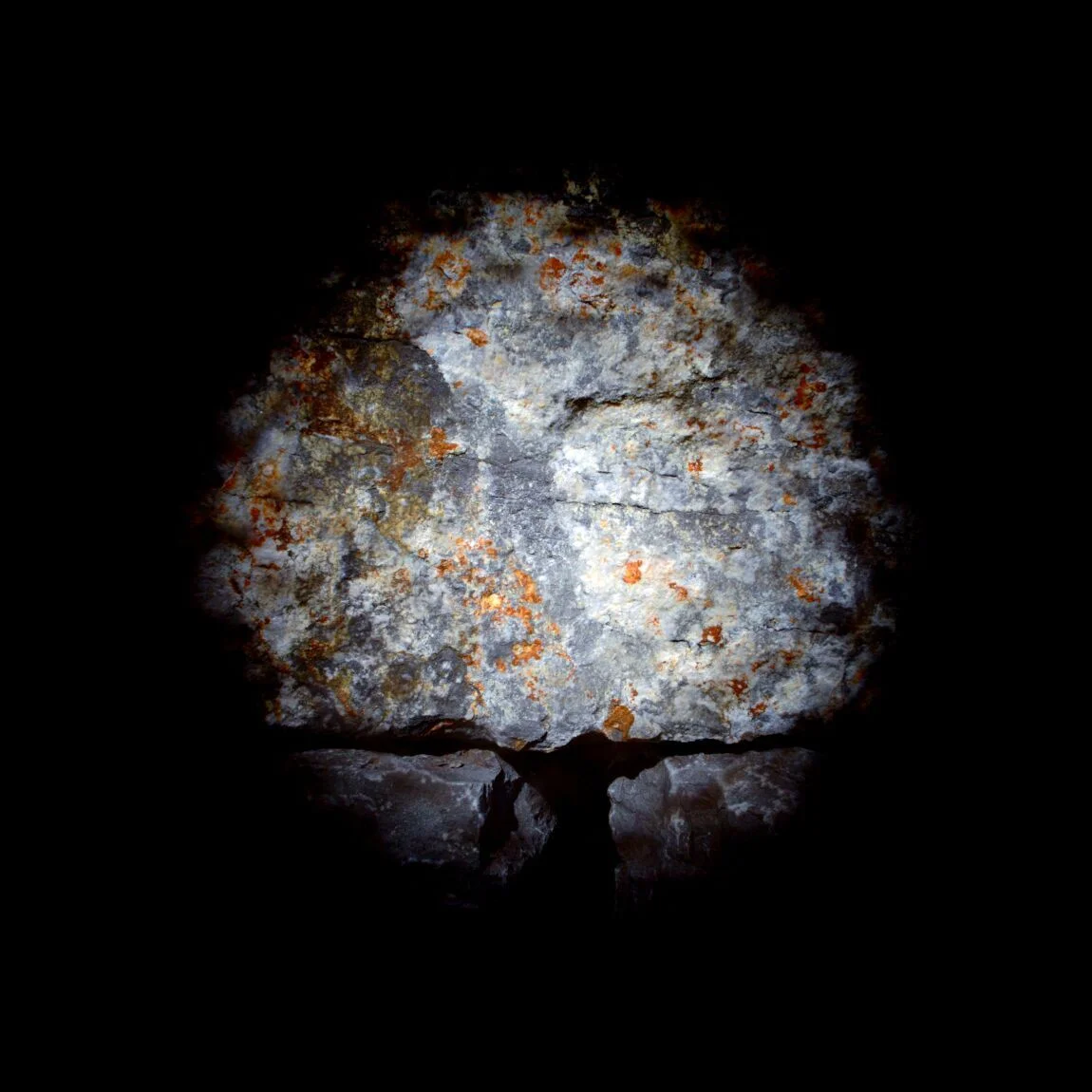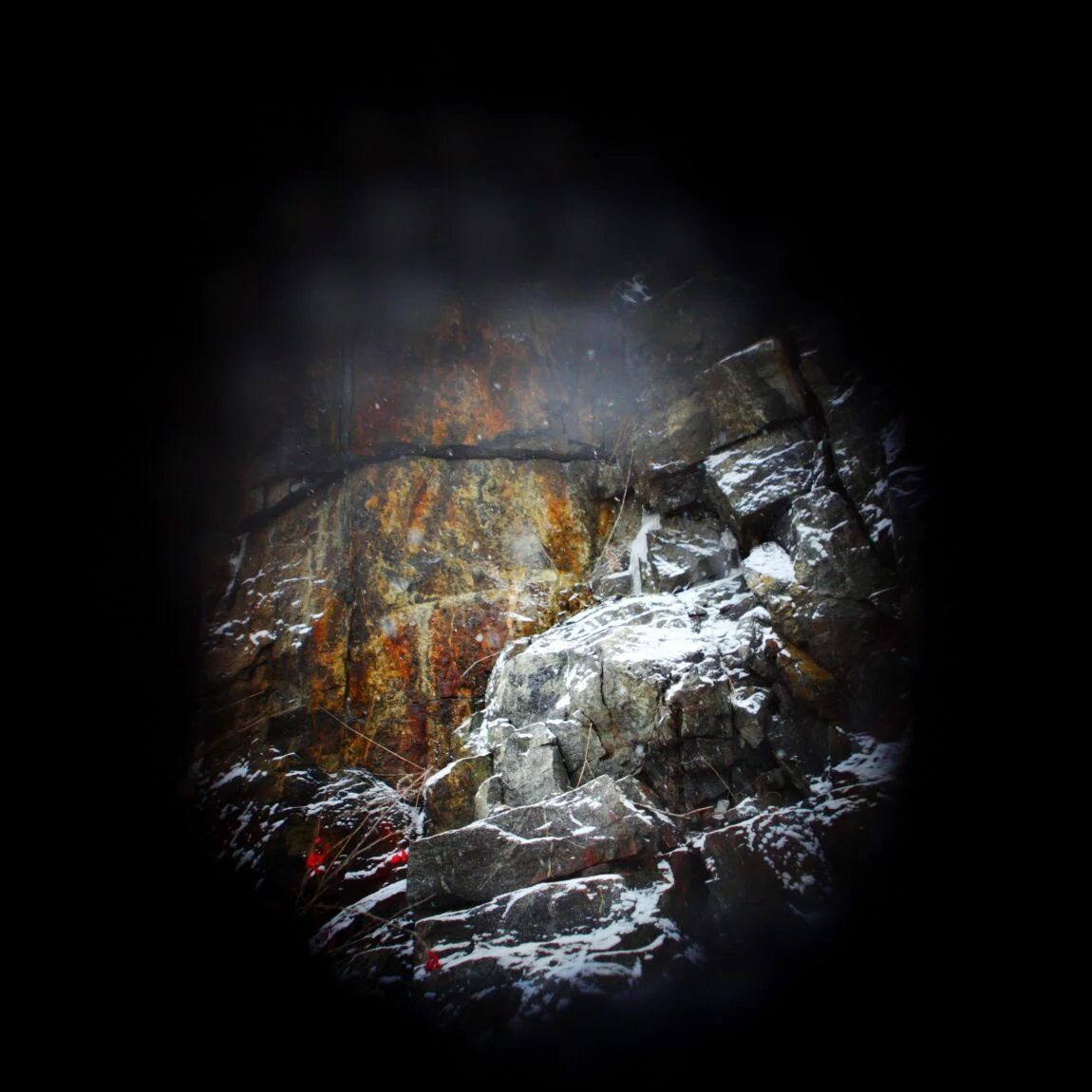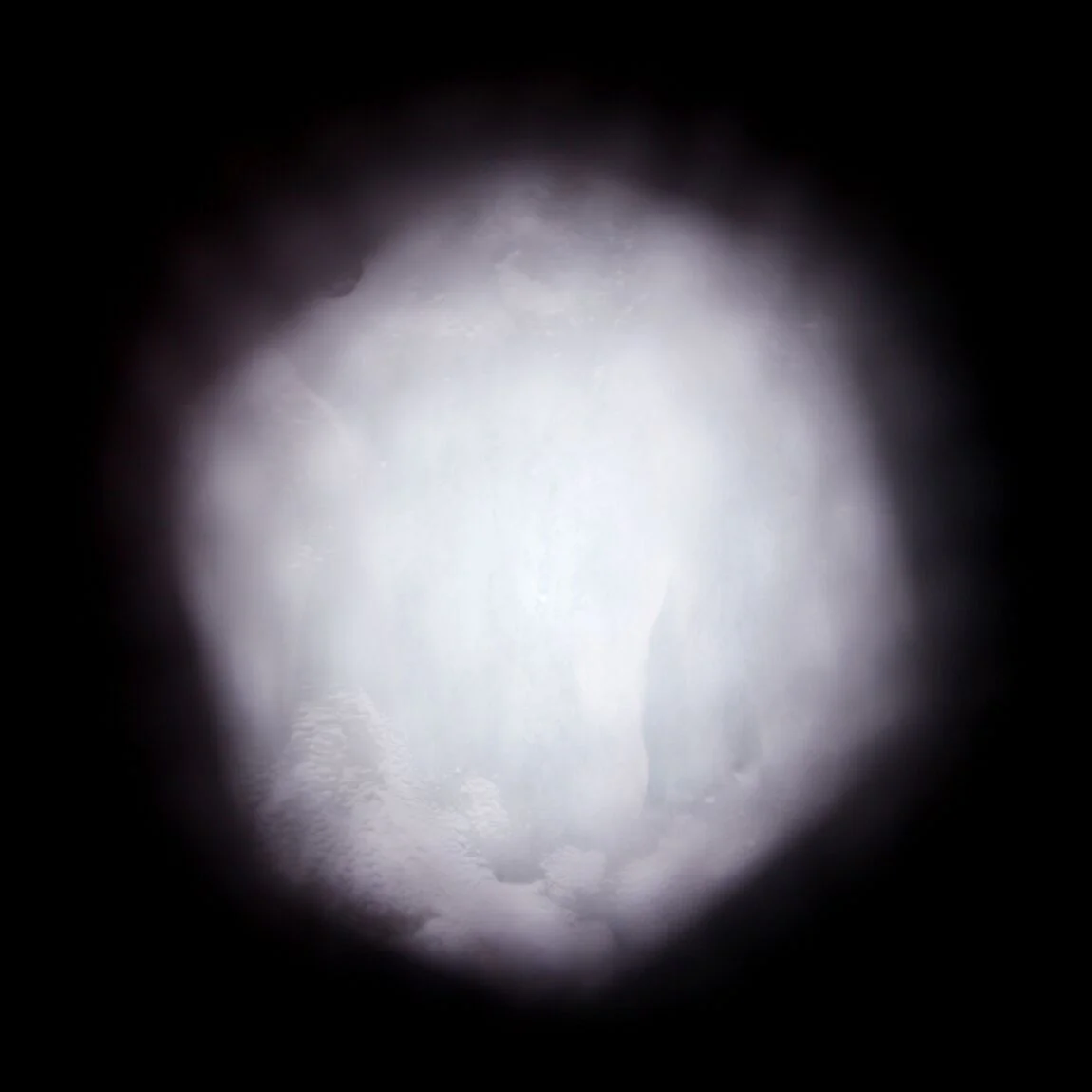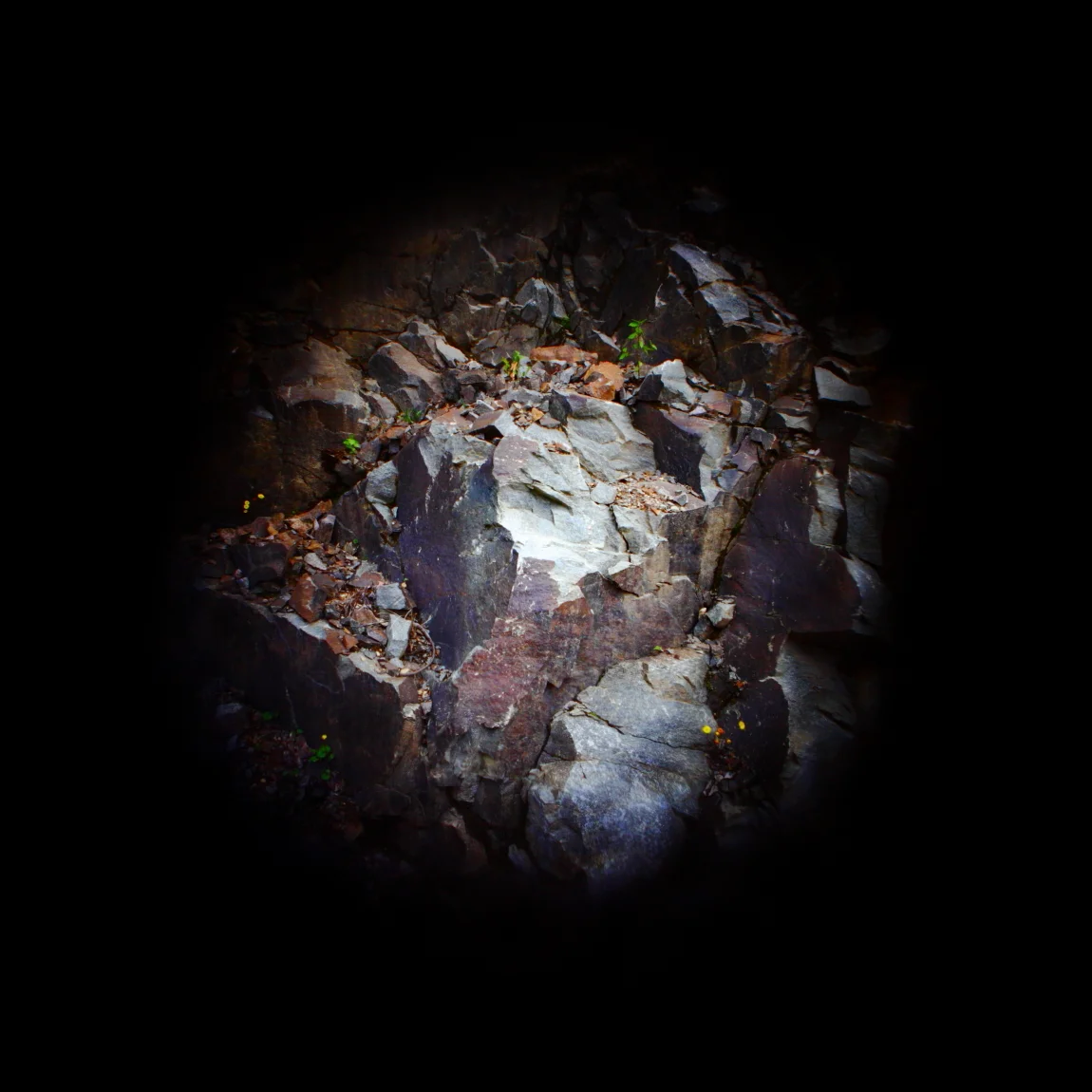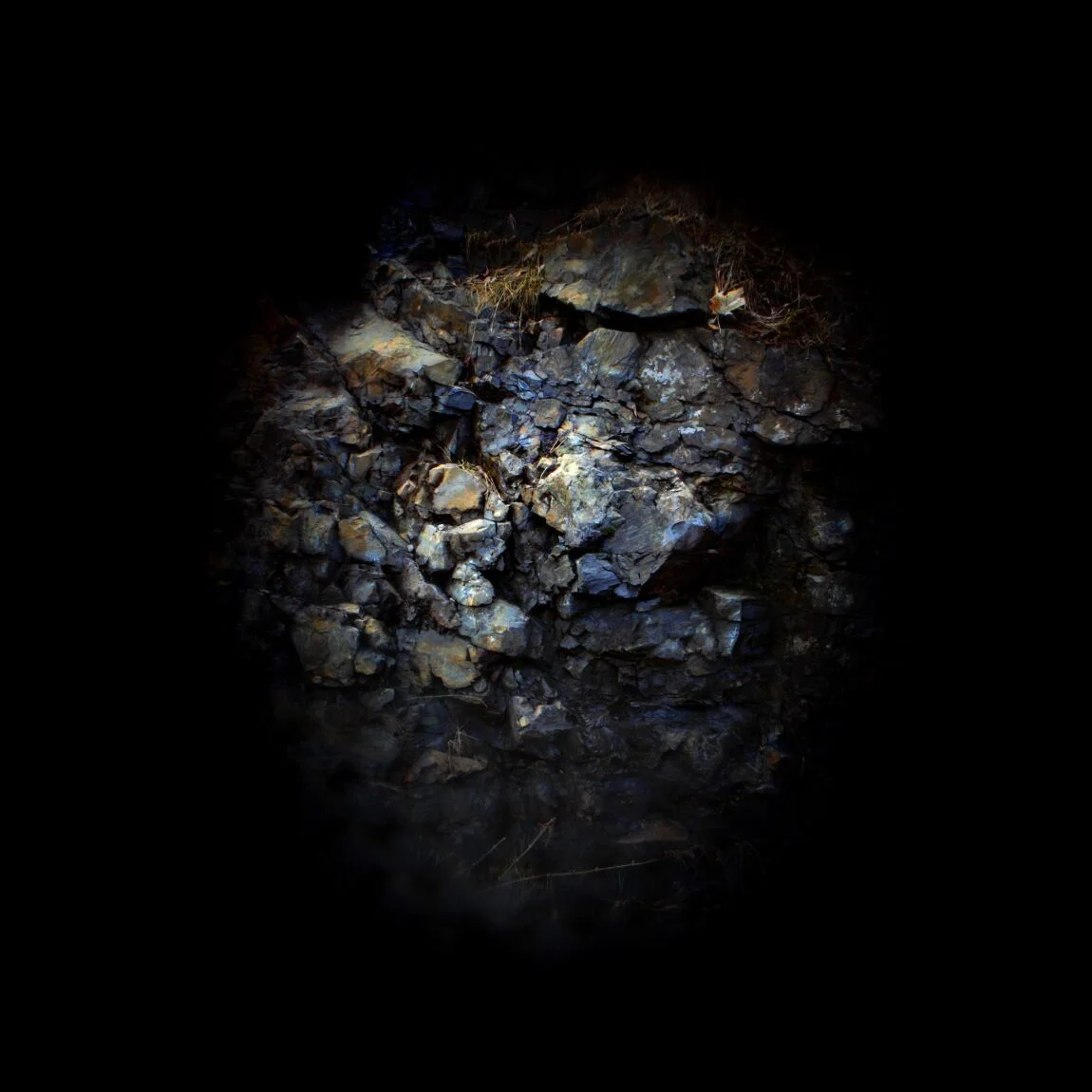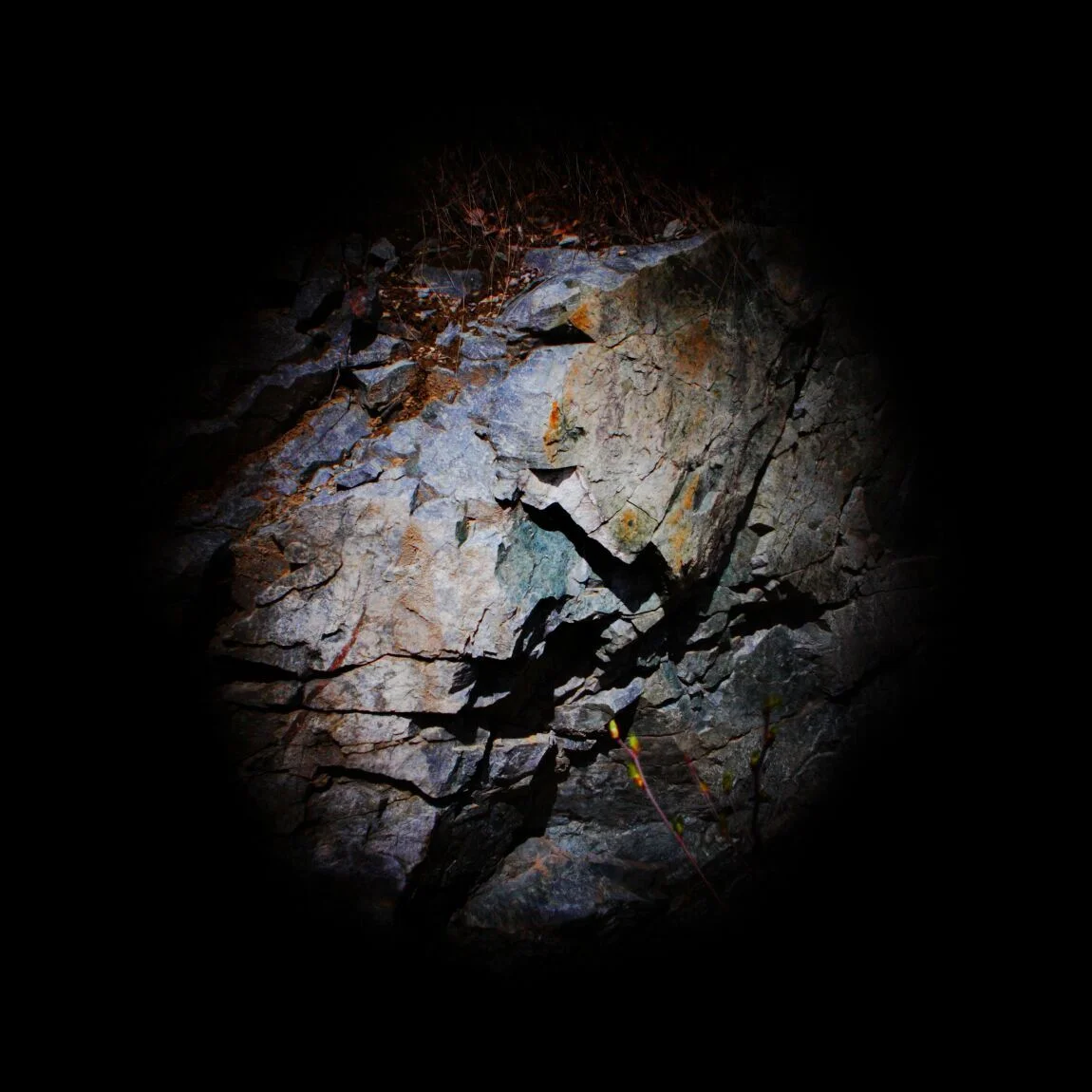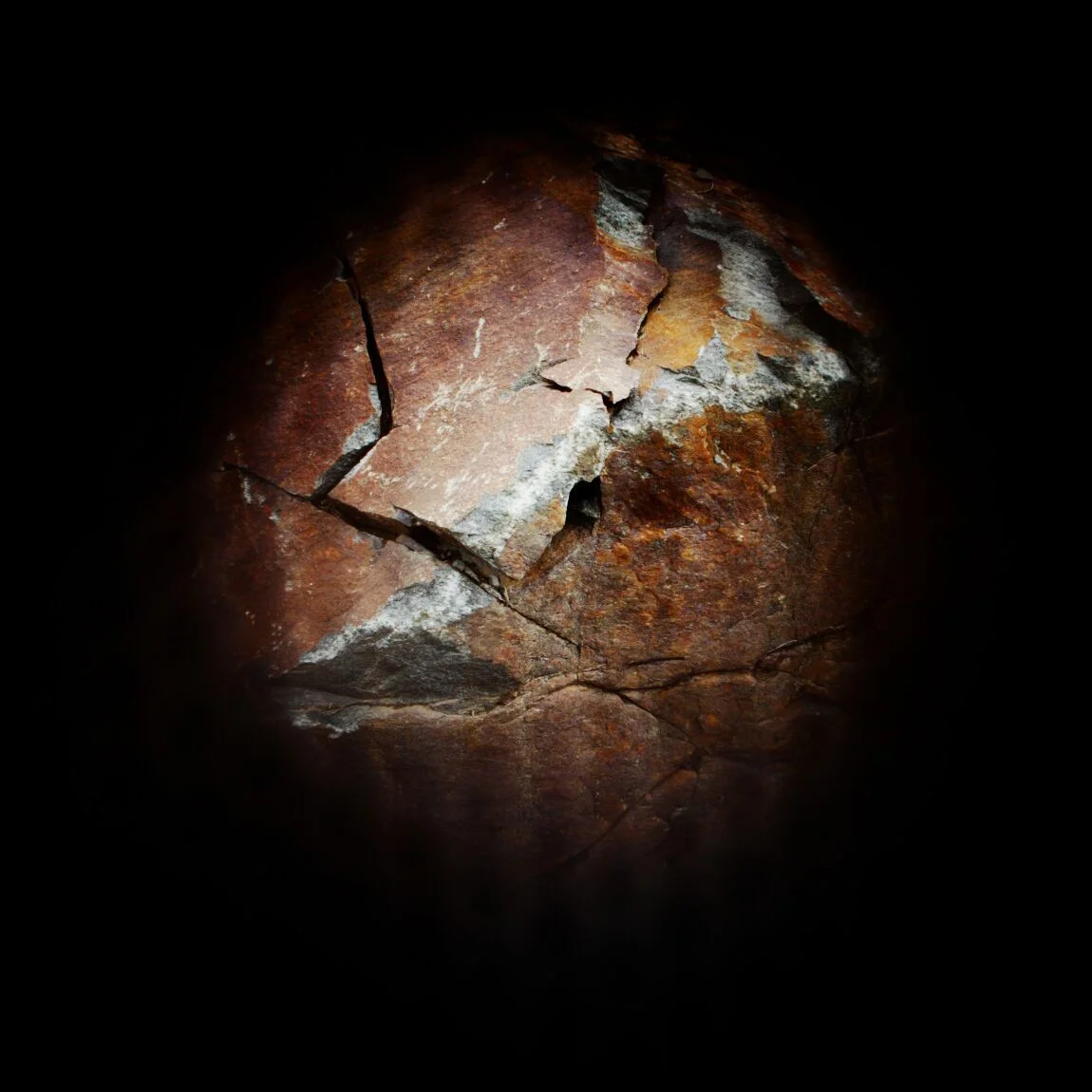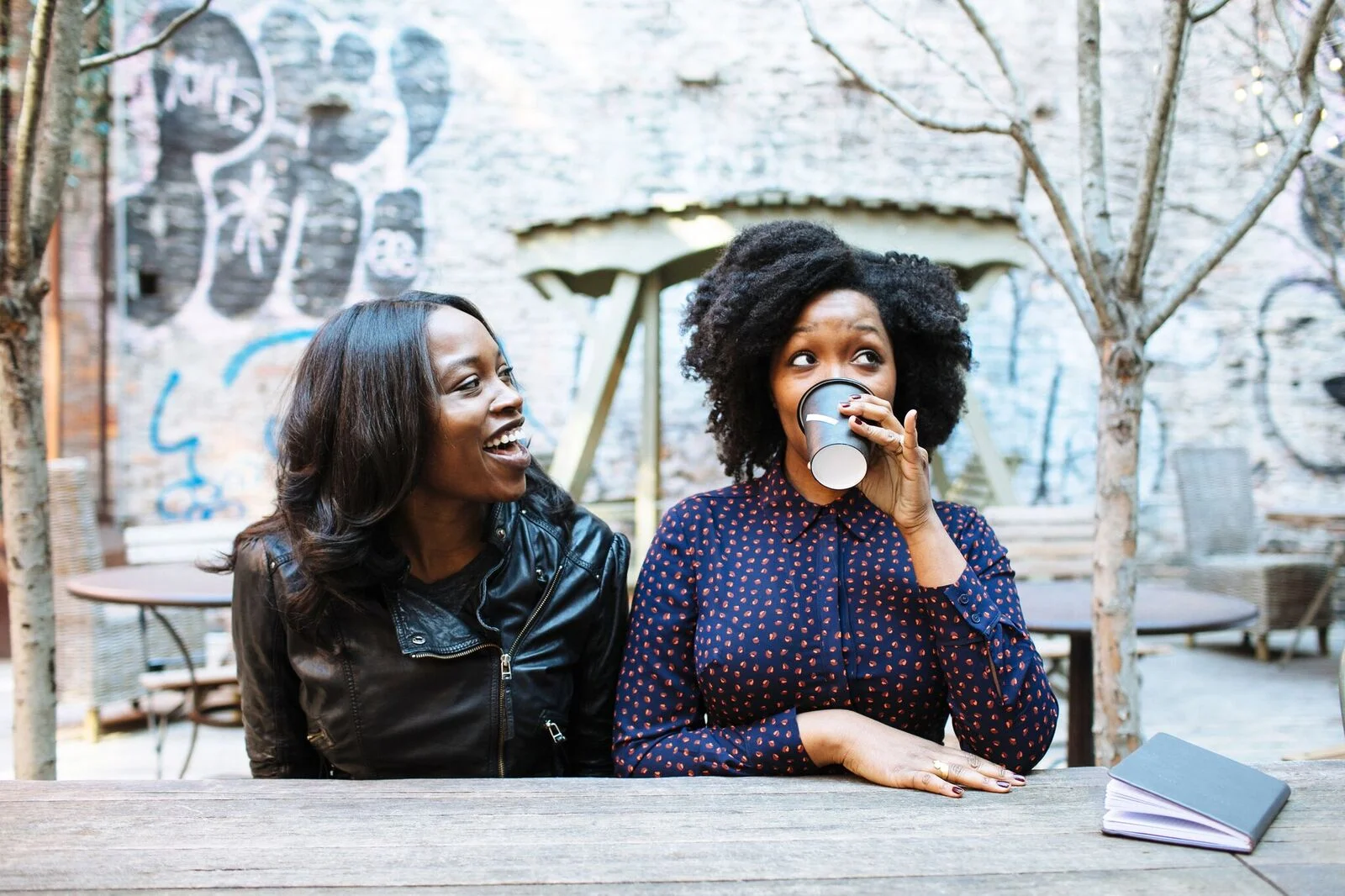Raised in Montreal and of Haitian descent, Kevin Calixte's photography— like his personal history— inhabits multiple worlds. He explores humans' internal states of balance, and reveals how we can recognize that balance in nature and rock formations.
Introduce yourself!
My name is Kevin Calixte and I’m a visual artist/photographer of Haitian descent. However, I was raised in Montreal. When I travel, I like to meet new people and exchange stories about our lives.
My main subject that I explore is the internal state of balance. I explore the emotional, physical, mental and spiritual states of being of my subjects. My work is the result of my constant quest to understand how the internal states of balance affect interpersonal relationships in Western society.
With photography I call the observer to reflect on the behaviors and moral values of human beings as individuals. I use my digital camera to recreate the images in my mind. The colors contextualize my vision of the subject in it's space and are designed to stimulate the imagination of the viewers. The allegorical universe of my work questions a search for well-being and exposes a mix of perceptions.
How does photography influence the way you travel and see the world around you?
Photography influences my way of traveling and how I see the world because I see more details about everything. I realize that even if you go somewhere and you think you know that place very well, there are still new things to discover every time. Quebec is a province full of diverse communities too, and I love that.
For me the rocks are a mirror of emotions. Humans can recognize in a rock the more somber colors that represent our humanity. Humans can also identify a rock that is more colorful or fragile. These observations allow us to see the similarities between rocks and humans. On my trips, I speak with different people of all ages and different origins and I ask them questions about how they find balance in their lives. I record each discussion. After that, I listen to these conversations while I’m traveling throughout the province of Quebec and I try to capture images that represent what I remember and feel about those conversations. The images of rock formations that draw my attention are able to express the connection to interpersonal balance and the balance within the world around us. Although the differences between us and rock formations are obvious, there are so many similarities because each person who sees my images can see their inner most emotions reflected in the face of nature.
What sparked your interest to travel to Quebec? Which region(s) did you visit?
I wanted to photograph rocks. I discovered that this province has a lot to teach us about the way this earth is made. One particular region peaked my curiosity and it’s Abitibi-Témiscamingue, it’s so far but it worth the car ride. It’s a Gold Rush region and it is full of old rock formations and has a great museum about that subject to visit. I also went in the Saguenay Lac-St-Jean where I discovered the beauty of the Fior. I want to return this summer for sure to get more pictures. Charlevoix was stunning too— lots of mountains and breathtaking views.
How did you plan for your trip? How did you navigate between each city?
I travel by car. I’m not a good planner and I’m very bad at scheduling my trip in advance. Usually, I just choose a region and when I’m there I just follow my intuition and listen to the advice of people I meet. This way of « go with the flow » traveling is, to me, way more interesting and unique.
What foods did you eat? Did you have any favorite/unfavorable culinary experiences?
I try to eat some healthy food but I find it harder when I’m away from home. Maybe it’s also because I’m not a very good cook. Of course, in Quebec, I think that wherever you go, you have to try the local poutine. (For those who don’t know what poutine is, you sincerely have to try one, it’s a must!)
What recommendations can you share for future travelers also interested in exploring the region?
I strongly recommend to travel outside of the big cities like Montreal or Quebec, because these provinces are so big and full of magnificent landscape, different cultures and just the act of driving long distance will give you the time to think and put everything in your life in perspective. You really appreciate the people you meet and what you see - especially after you drive many hours and travel into small villages.
Also, Quebec is well known for the variety of food you can find there. Of course, in Montreal, you have to taste Haitian food like Casserole Créole and Agrikol, I’m a big fan of those places. In Abitibi, you go to the Olive et Basil restaurant, in Chicoutimi you can’t miss the lovely Café Cambio and in St-Irénée, on the road to Tadoussac, you go to Chez Ginette…where you take a large poutine of course!
How can travelers contribute to Quebec while visiting the country?
Go to local galleries to meet local artists, and buy local art.
What would you like people to know about your experience within the country that is little known?
Don’t be scared about winter. Yes of course, it can be cold, but if you put on a good winter coat, hot gloves, a scarf and a tuque, you will enjoy your time. Go outside, explore! There are lots of great activities and festivals. Just go outside!
What’s next for you? Do you have any final words of advice? What’s next?
Try to plan (I mean, really plan!) a new trip to explore other province in Canada, Ontario and British Columbia to start. I would like to go to Central America and of course to Haiti. My principal advice is to follow your intuition and that the first idea is often the best one—so follow it.
To keep up with Kevin and his incredible photography, be sure to follow his Instagram @kevincalixte, and visit his website www.kevincalixte.com.
Images curtesy of Kevin Calixte
DID THIS STORY INSPIRE YOU?
If you enjoyed this piece and would like more content like this, please consider a donation to Spirited Pursuit.

